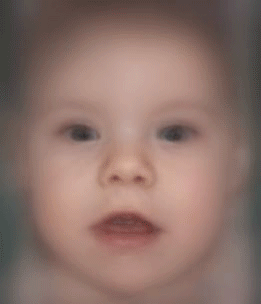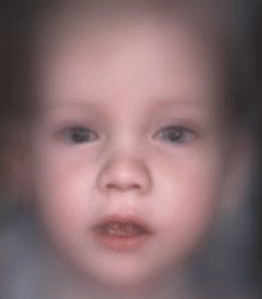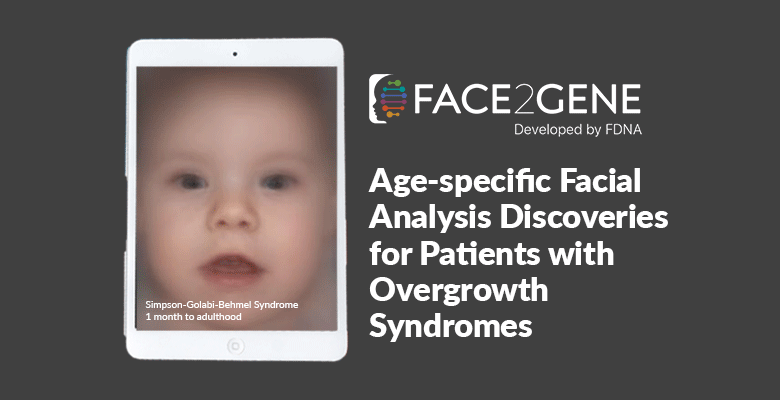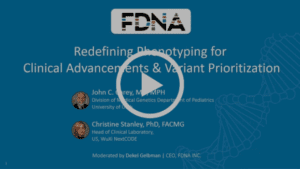In April 2017, FDNA analyzed patient data from syndromes categorized as Overgrowth Syndromes as part of the Year of Discovery, in partnership with Invitae and Child Growth Foundation. A research team at FDNA, dedicated to making new discoveries with this data, has released new results, in addition to the March RASopathy findings, in the ongoing initiative. In this analysis, the team aimed to see if there are specific facial analysis algorithms that can detect differences in patients with these diseases based on the age of the patient.
Facial analysis for syndromes at various ages
The ability to recognize rare diseases at earlier ages is vital to increasing survival and quality of life. FDNA analyzed the Year of Discovery data from participating clinicians globally to understand how these syndromes manifest at different ages in a way that can be detected by facial analysis. Below are five examples of facial “gestalts”—the way these syndromes look. The data behind these visualizations is now available to clinicians and researchers, inside the Face2Gene CLINIC facial analysis application, available free of charge at www.Face2Gene.com.
Beckwith-Wiedemann Syndrome:

Typical facial appearance of patients with Beckwith-Wiedemann Syndrome from 1 month of age to adulthood.
Simpson-Golabi-Behmel Syndrome:

Typical facial appearance of patients with Simpson-Golabi-Behmel Syndrome from 1 month of age to adulthood.
Proteus Syndrome:

Typical facial appearance of patients with Proteus Syndrome from 1 month of age to 6 years old.
Weaver Syndrome:

Typical facial appearance of patients with Weaver Syndrome from 1 month of age to adulthood.
Sotos Syndrome:

Shows typical facial appearance of patients with Sotos Syndrome from 1 month of age to adulthood.
When a clinician analyzes a patient using Face2Gene, the clinician will be presented with a list of syndromes that contain similar morphology, as well as a list of phenotypes and genes that the artificial intelligence engine recommends the clinician should consider in their evaluation.
To learn about all the syndromes that have benefited from Face2Gene technology, or to get involved, please contact FDNA.
Also, Be sure to check out the other discoveries being made in the Year of Discovery at FDNA Blog.



